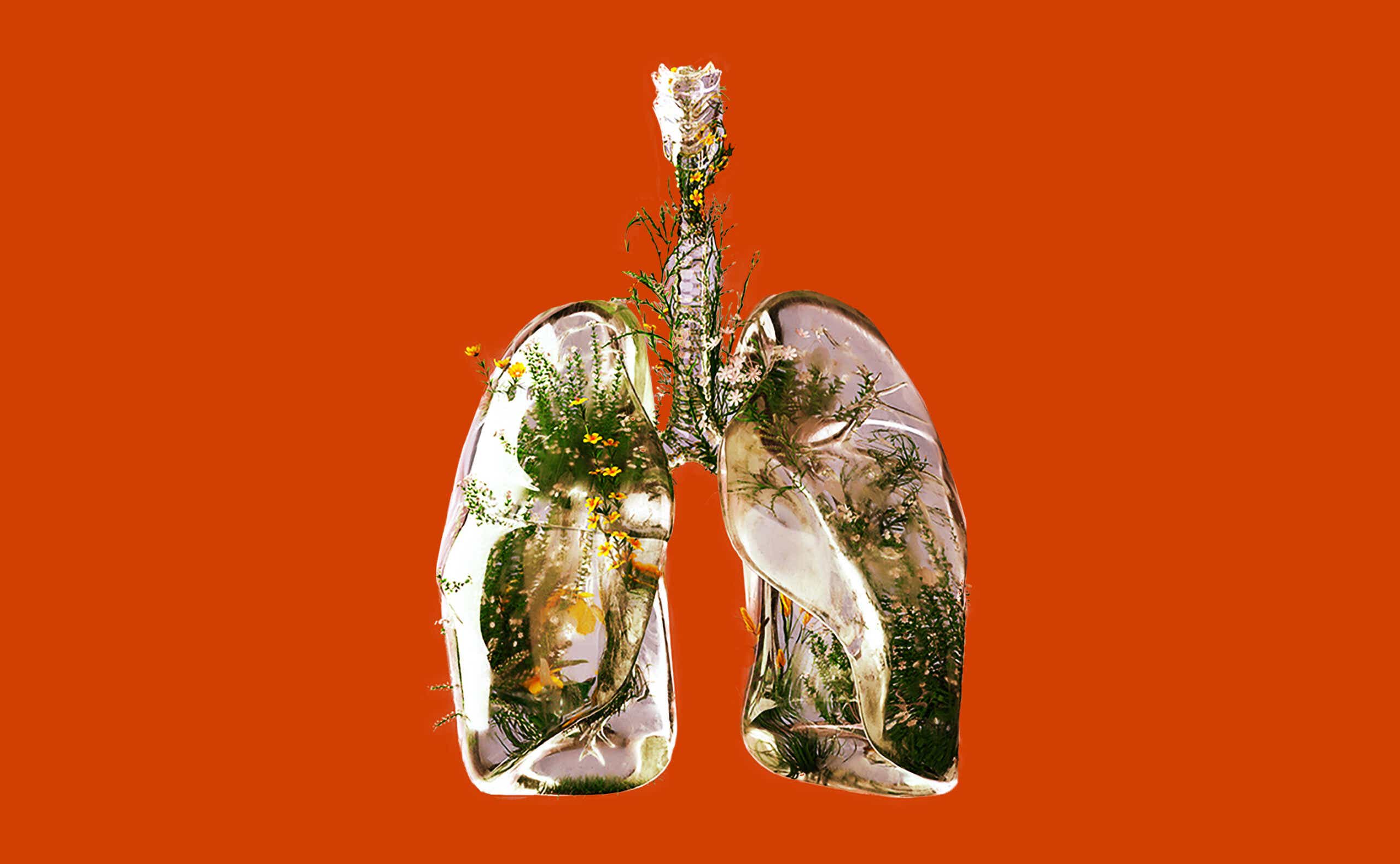Climate change isn’t just making our world hotter, our floods worse, and our hurricanes more devastating. It’s supercharging infectious diseases too, according to a study published this week. We’re taking a closer look at the findings.
The troubling details
A team of researchers reviewed hundreds of scientific papers that explained how specific diseases were impacted by floods, droughts, rising seas, wildfires or other hazards known to be triggered or worsened by the climate emergency. Their findings were shocking: 218 of the 375 known human infectious diseases were aggravated by climate change.
“We knew that climate change can affect human pathogenic diseases,” co-author Kira Webster said. “Yet, as our database grew, we became both fascinated and distressed by the overwhelming number of available case studies that already show how vulnerable we are becoming to our growing emissions of greenhouse gases.”
The scientists found four key ways that wild weather can make these diseases even more deadly.
Pathogens are creeping closer to people
One common issue is that disease-causing pathogens are increasingly creeping into our communities as a result of climate change. As the world warms, or in some regions becomes wetter, places that had previously not been welcoming to mosquitoes are seeing more of the critters, which are bringing diseases like West Nile and malaria with them. Heavy rain and flooding can also provide a breeding ground for these insects, which can lead to a rise in yellow fever, dengue, and other mosquito-spread diseases.
Droughts, too, impact the spread of these viruses: Infected rodents in parched environments migrate to new areas in search of food, which can lead to the spread of certain diseases.
People are being brought closer to pathogens
Climate change is altering the way humans behave as well. For example, during heat waves, people often spend more time at their local lake or stream. And that can lead to a rise in waterborne disease outbreaks, the scientists wrote in The Conversation. One such case occurred in 2014, during a heat wave that hit Sweden and Finland and led to a rise in Vibrio infections.
Viruses can become more dangerous
Studies suggest that rising temps may be causing viruses to become more resistant to heat. That may make them better at withstanding fever (the body’s way of attempting to kill dangerous infections and bacteria).
The scientists point to the sudden emergence of infections of Candida auris: The fungus had not previously been a threat to people, but because of our ever-warming world, it’s thought to have become more tolerant to heat, which led to its spread in humans.
Climate change weakens our ability to cope with pathogens
The authors say that catastrophic events like flooding, hurricanes, and wildfires can push people into crowded and unsanitary conditions, which can increase their exposure to pathogens.
Those events can also compromise the body’s ability to fight infections. Stress caused by the stress of being displaced, or the malnutrition that many people living in areas of drought, severely hampers the immune system.









